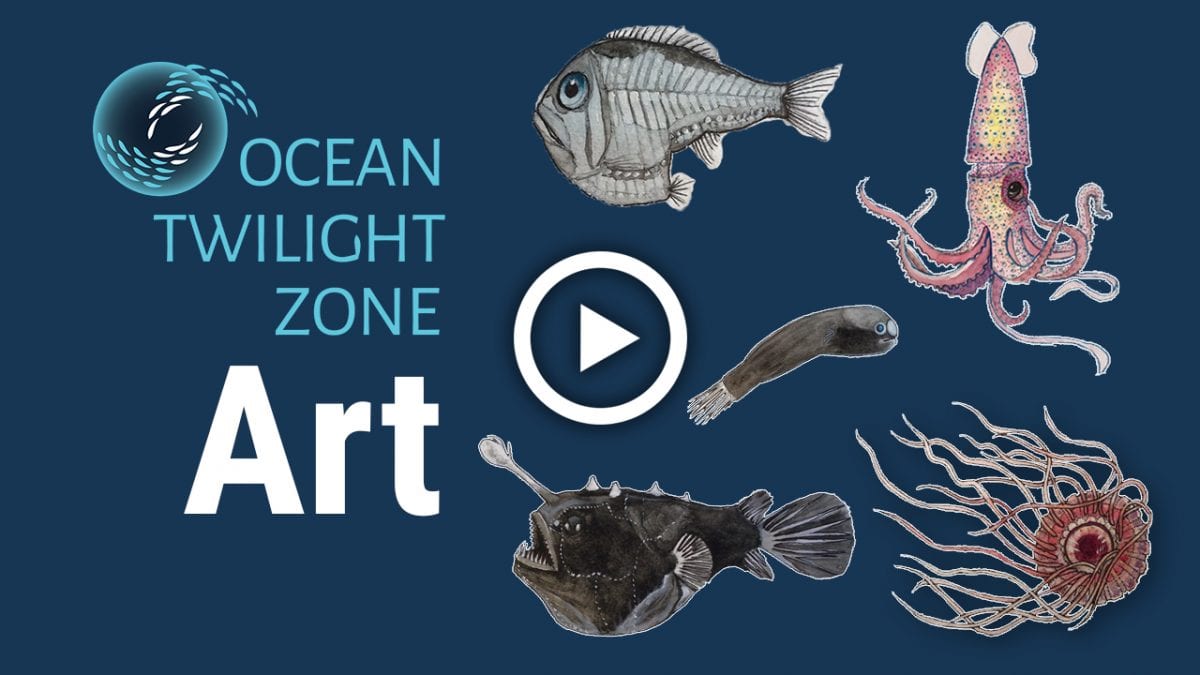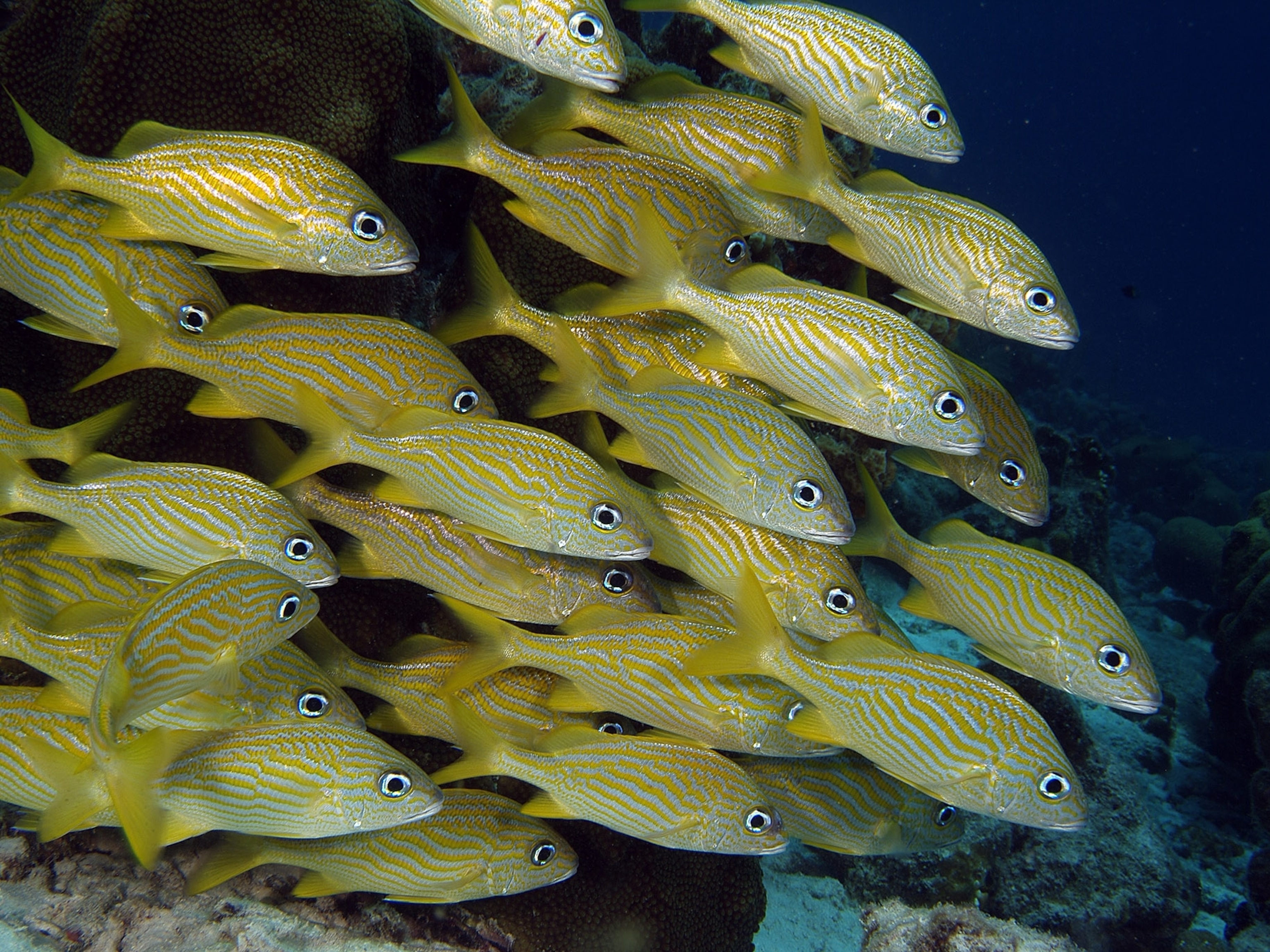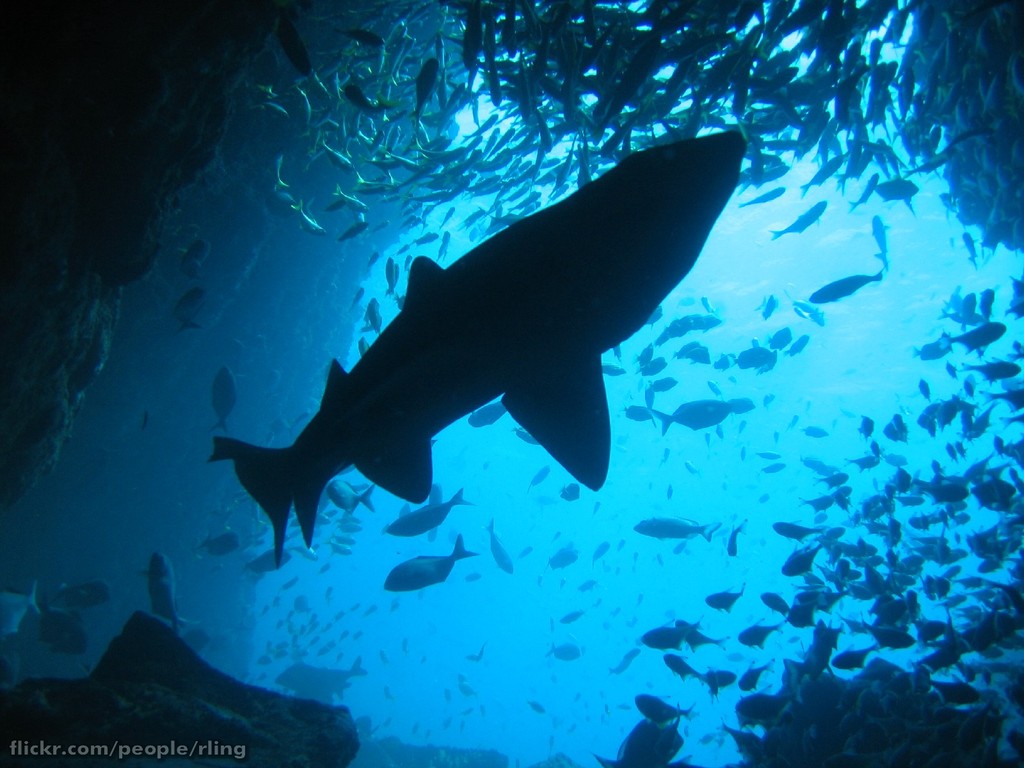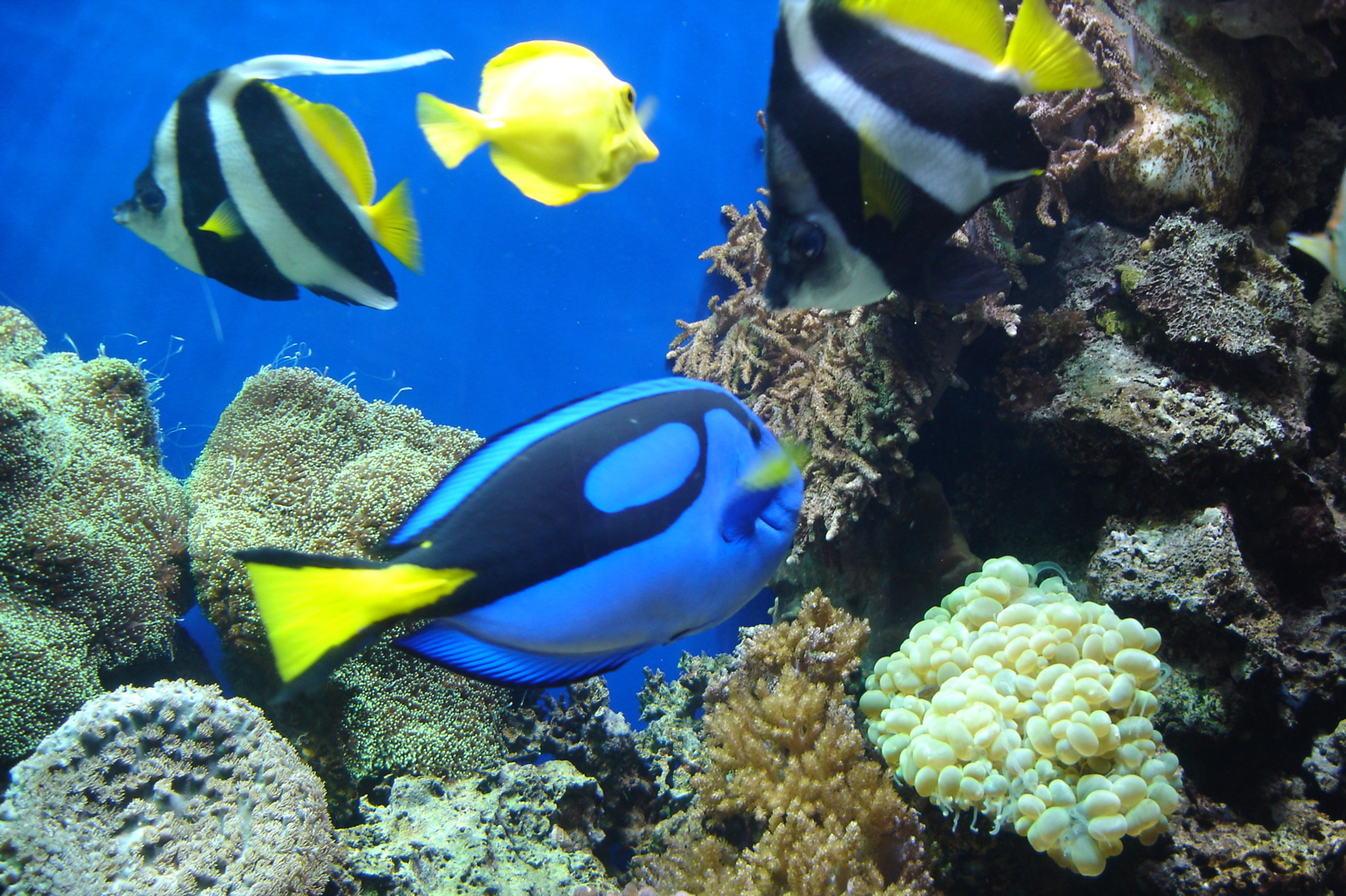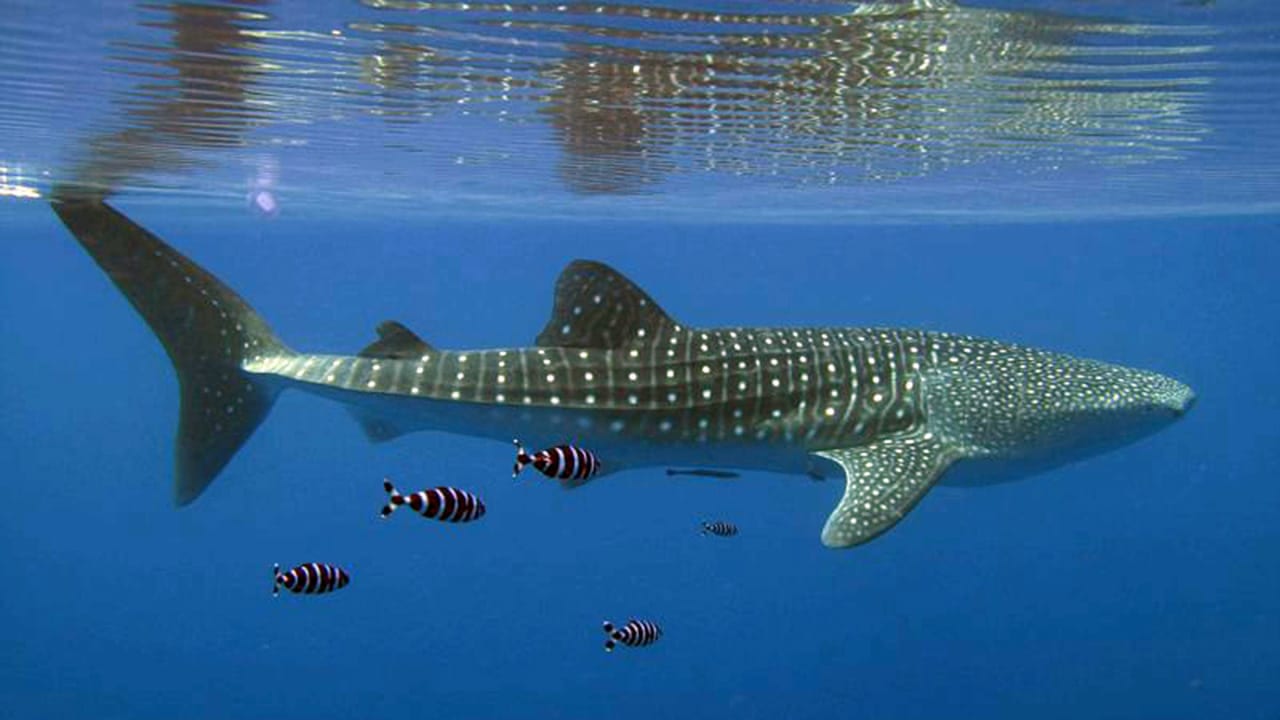Tropical Ocean Animals Adaptations

The sloth uses camouflage and moves very slowly to make it.
Tropical ocean animals adaptations. Despite their adaptations for life at sea sea turtles must breathe air with lungs like humans do. This is an important adaptation as it protects the organisms from the extreme cold. However because the bone that the bill is extremely lightweight it is.
Sharks are very good at finding food. Tropical fish have many colors so they can blend in with the colorful ocean floor. Some of the most amazing adaptations are from ocean animals like sharks jellies starfish stingrays and dolphins.
What adaptations do sea turtles have to survive. They have streamlined bodies to help them swim fast and gills that suck the oxygen out of the water so they can breathe. Most tropical fish swim at 640 ft in depth.
Viscosity increases with decreasing temperature. To do this populations of animals. The shape of a birds beak helps them to eat food as well as make nests.
The bill of a toucan is huge and is often thought to be a useful tool to fight off predators. One of the major behavioral adaptations of marine mammals is their ability to swim and dive. Animals such as polar bears have fur even covering the soles of their feet.
These adaptations enable the organism to regulate their bodily functions such as breathing and temperature and perform special functions like excreting chemicals as a defence mechanism. Because the reefs offer natural protection to many of the fish many interesting adaptations. Ocean animals have unique adaptations depending on what ocean habitat they.






